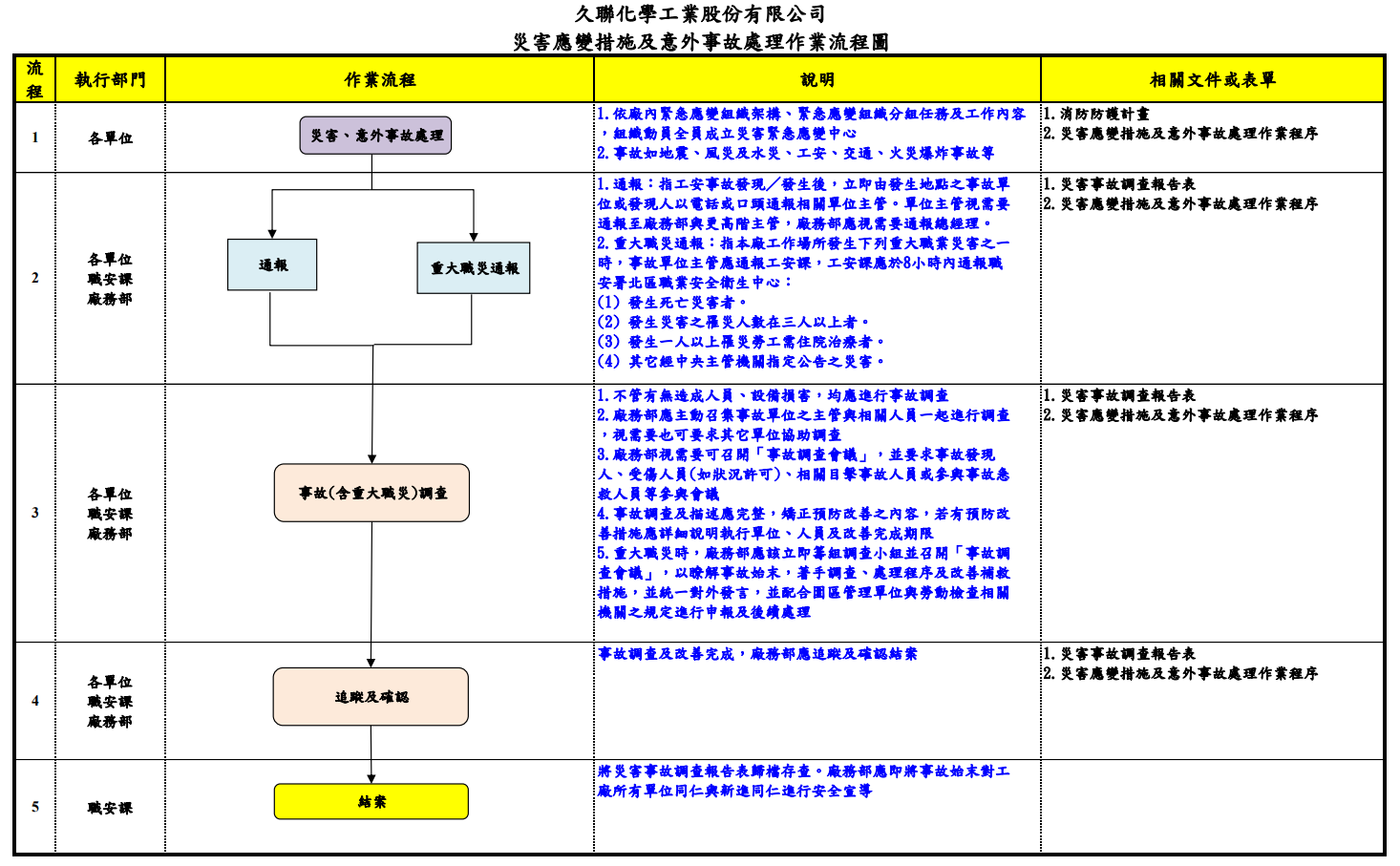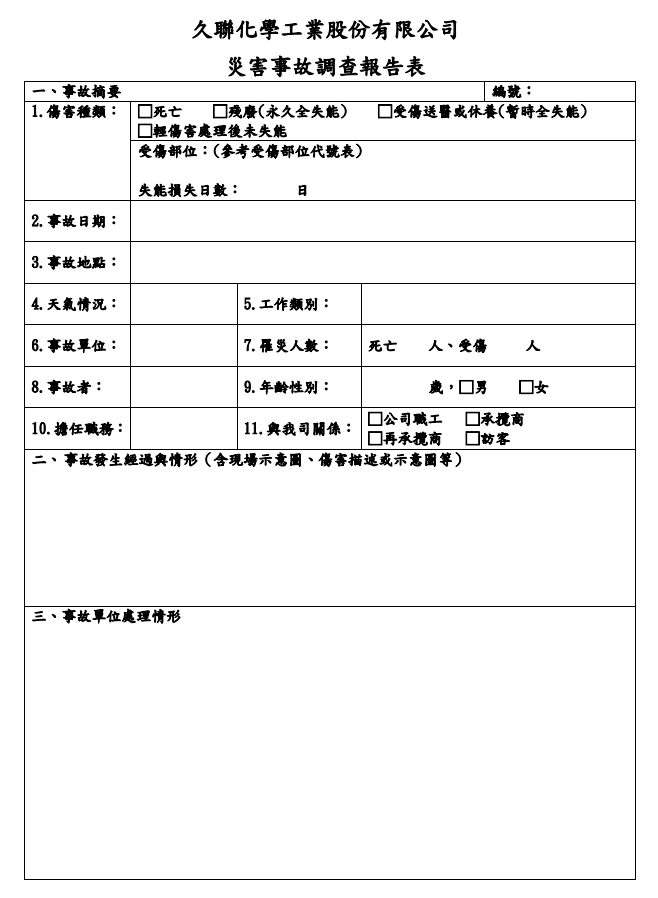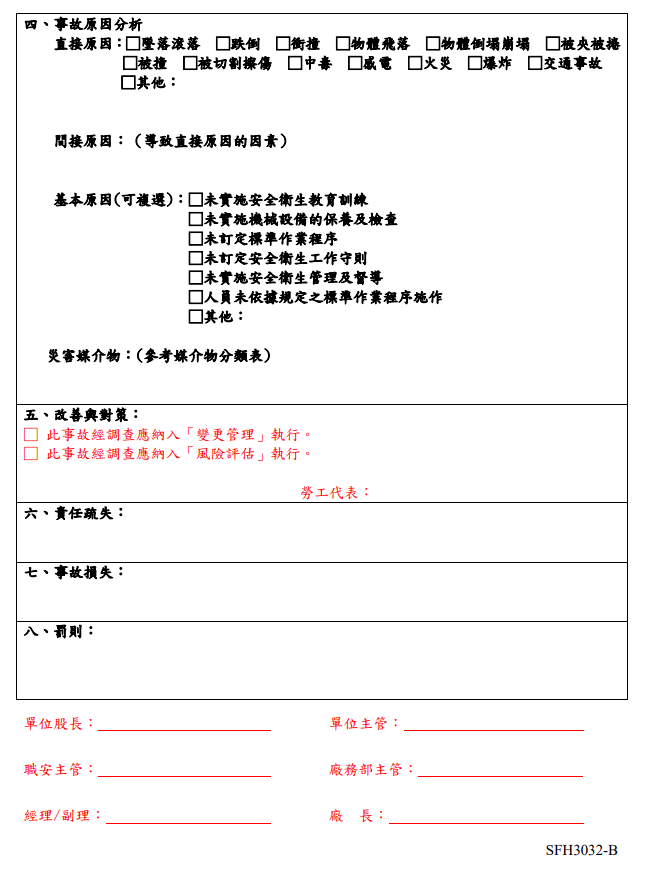In accordance with the EU General Data Protection Regulation (GDPR), we are committed to protecting your personal data and giving you control over it. By clicking "Accept All", you consent to our use of cookies to enhance your browsing experience, analyze website performance, and deliver targeted advertising. You can manage your cookie preferences below.
Croslene was established in 1978, specializes in the manufacturing, sales, and technical development of chemical materials, including synthetic rubber latex, PU rigid thermal insulation and heat preservation materials, food and industrial packaging composite adhesives, and reinforced plastic composite materials. Adhering to the business philosophy of "first-class quality, first-class service," we have been striving to create a better future for humanity.
In the manufacturing and sales processes, we are committed to creating a safe and healthy working environment, preventing pollution and accidents, and minimizing the environmental and safety impacts of our company's personnel, products, materials, machinery, and services. We have established a corporate culture centered around the safety, health, and environmental (HSE) policy of "Safety First, Cherish Resources, Fulfill Commitments, and Continuous Improvement," with the ultimate goal of achieving "Zero Occupational Accidents, Zero Industrial Accidents, and Zero Pollution." To achieve these goals, the company is committed to complying with all relevant HSE laws and regulations and to the following:
- Establishing a Management System: Building and continuously improving a comprehensive occupational safety and health and environmental management system.
- Improving the Working Environment: Creating a healthy, safe, comfortable, and hygienic working environment.
- Adhering to Safety Discipline: Implementing full-scale safety discipline management at all levels and strengthening the safety and health responsibilities of all levels of management.
- Deepening Education and Promotion: Promoting comprehensive employee training and providing HSE-related information to suppliers and contractors to foster safety awareness.
- Continuous Internal Improvement: Providing a mechanism for all employees to consult and participate in continuous HSE improvement, and through continuous auditing activities and HSE management reviews, identifying management blind spots and continuously improving processes and equipment to enhance operational safety and environmental quality.
- Waste Reduction and Energy Conservation Measures: Cherishing and making good use of internal and external resources, effectively carrying out various energy-saving and industrial waste reduction activities to reduce the impact on the environment.
- Risk Management Implementation: Strengthening the identification of potential risks and adopting appropriate risk control techniques to reduce risks to an acceptable level, effectively reducing hazards to stakeholders.
- Communication with Neighbors: Establishing a complete environmental monitoring system, implementing various pollution control measures, and strengthening communication with community residents to gain trust and build harmonious relationships.
All company employees must receive occupational safety and health training. Training statistics for the reporting period are as follows:
|
Training item |
Training participants |
Training expense (NTD) |
|---|---|---|
|
On-the-job retraining for dust operation supervisors |
1 |
1,200 |
|
Training for organic solvent operation supervisors |
2 |
11,000 |
|
Training for high-pressure gas supply and consumption operation supervisors |
1 |
6,500 |
|
On-the-job retraining for forklift operators |
21 |
12,600 |
|
On-the-job retraining for specific chemical process supervisors |
2 |
2,400 |
|
On-the-job retraining for first aid personnel |
2 |
1,200 |
|
On-the-job retraining for organic solvent operation supervisors |
7 |
8,400 |
|
On-the-job retraining for hypoxia operation supervisors |
3 |
3,600 |
|
On-the-job retraining for operators of specific high-pressure gas equipment |
2 |
1,600 |
|
Qualified first aid personnel training |
1 |
5,000 |
|
Forklift operator training |
2 |
11,000 |
|
Training for designated personnel for toxic and hazardous chemical substances |
1 |
18,000 |
|
Training for operational level emergency response personnel for toxic and hazardous chemical substances |
5 |
17,500 |
|
Training for technical level emergency response personnel for toxic and hazardous chemical substances |
2 |
9,000 |
|
Training for command level emergency response personnel for toxic and hazardous chemical substances |
3 |
13,500 |
|
Training for new employees (including foreign workers) and employees changing jobs |
13 |
- |
|
Fire drills and exercises in the first and second half of 2022 |
176 |
- |
|
Emergency response drills for toxic chemical substances |
88 |
- |
|
Pre-construction hazard communication and training for contractors |
2088 |
- |
|
Notes:
|
||
Our company has established an Occupational Safety and Health Committee in accordance with the Occupational Safety and Health Management Regulations. This committee is responsible for providing advice on the company's safety and health policies and management systems, and for reviewing, coordinating, and recommending matters related to occupational safety and health. The committee is composed of a chairperson (Chairman of the Board), an executive secretary (Occupational Safety Officer), and committee members (department heads/unit heads/occupational safety officers/labor representatives). Labor representatives are elected by employees. Currently, labor representatives account for more than one-third of the committee, with a total of 11 members, while management representatives have 12 members, for a total of 23. The committee meets quarterly to discuss, coordinate, plan, and make decisions on occupational safety and health issues with management, thereby facilitating employee participation, consultation, and communication. Additionally, employees can submit suggestions for improving the company's safety and health through suggestion forms, which will be discussed at management meetings.

Our company has implemented an Occupational Health and Safety Management System (OHSMS) in accordance with the ISO 45001:2018/TOSHMS (CNS 45001:2018) standard. This system involves conducting hazard identification and risk assessments for all operations within each unit, followed by implementing improvement measures based on the assessed risk levels. The effectiveness of these improvement measures is evaluated through performance indicators. To comply with the new ISO 45001:2018 standard, we have revised our existing safety and health management regulations and successfully passed the annual audit conducted by SGS in December 2022.
The OHSMS covers all production and non-production sites, areas, equipment, and routine and non-routine operations at both our Taipei office and Hukou plant. It encompasses all employees engaged in operational activities, as well as all contractors (including catering, raw material suppliers, security guards, engineering contractors, and equipment maintenance providers). This includes all 152 employees (100%) and all 13 non-employee workers (100%), with no exclusions.
Annually, our company conducts risk identification according to our "Environmental, Health, and Safety Hazard Identification and Risk Assessment Procedure." Based on the severity and frequency of accidents that may occur during various operations, the use of machinery and equipment, or the handling of chemicals, a quantitative risk level is defined. Any risk level 3 or above is considered a significant EHS concern, and existing protective measures are reviewed and prioritized for improvement to reduce risks. The Occupational Safety and Health Department develops plans to manage targets based on hazard identification and risk assessment, creates a plan timeline, and tracks and audits management performance according to the plan. By promoting risk assessment, hazard identification, and safety and health education and promotion, employees' awareness of risks and safety knowledge is enhanced.
The right to retreat allows employees, when facing an imminent hazard while performing their duties, to independently cease work and immediately retreat to a safe place. This right is stipulated in Article 18, Paragraph 2 of the Occupational Safety and Health Act, which states that if an employee discovers an imminent danger while performing their duties, they may, without endangering the safety of other workers, independently cease work and retreat to a safe place, and immediately report to their immediate supervisor. Unit supervisors will report this to the company at monthly liaison meetings or quarterly EHS committee meetings, and no disciplinary action such as dismissal, transfer, withholding wages for the period of work stoppage, or other adverse treatment shall be taken against the employee afterwards. However, this shall not apply if the company proves that the employee has abused the right to cease work and this is confirmed by the competent authority in accordance with the Labor Standards Act.



The Factory Affair Department immediately formed an investigation team consisting of the plant manager, department managers (deputy managers), safety officers, supervisors of the affected unit, and labor representatives. An "accident investigation meeting" was held to conduct a thorough investigation and analysis of the factual causes based on the "disaster accident investigation report." Improvement measures were discussed, and labor representatives determined whether the accident should be included in "change management" or "risk assessment" according to the investigation findings.
The disaster accident investigation report is as follows:


|
Employee Occupational Injury Statistics Table |
||||
|---|---|---|---|---|
|
Category |
Item |
2020 |
2021 |
2022 |
|
Total working hours |
Female |
25,378 |
25,994 |
25,852 |
|
Male |
248,142 |
253,438 |
252,444 |
|
|
Total |
273,520 |
279,432 |
278,296 |
|
|
Number of deaths caused by occupational injuries |
Female |
0 |
0 |
0 |
|
Male |
0 |
0 |
0 |
|
|
Total |
0 |
0 |
0 |
|
|
Number of serious occupational injuries (excluding fatalities) |
Female |
0 |
0 |
0 |
|
Male |
0 |
0 |
0 |
|
|
Total |
0 |
0 |
0 |
|
|
Recordable occupational injuries (including fatalities and serious injuries)
|
Female |
0 |
0 |
0 |
|
Male |
0 |
0 |
0 |
|
|
Total |
0 |
0 |
0 |
|
|
Fatal occupational injury rate (%) |
0 |
0 |
0 |
|
|
Serious occupational injury rate (%) |
0 |
0 |
0 |
|
|
Recordable occupational injury rate (%) |
0 |
0 |
0 |
|
|
Notes:
|
||||
|
Category |
Item |
2020 |
2021 |
2022 |
|---|---|---|---|---|
|
Total working hours (Female&Male) |
26,000 |
25,792 |
25,896 |
|
|
Number of deaths caused by occupational injuries |
Female |
0 |
0 |
0 |
|
Male |
1 |
0 |
0 |
|
|
Total |
1 |
0 |
0 |
|
|
Number of serious occupational injuries (excluding fatalities) |
Female |
0 |
0 |
0 |
|
Male |
0 |
0 |
0 |
|
|
Total |
0 |
0 |
0 |
|
|
Recordable occupational injuries (including fatalities and serious injuries)
|
Female |
0 |
0 |
0 |
|
Male |
1 |
0 |
0 |
|
|
Total |
1 |
0 |
0 |
|
|
Fatal occupational injury rate (%) |
41.36 |
0 |
0 |
|
|
Serious occupational injury rate (%) |
0 |
0 |
0 |
|
|
Recordable occupational injury rate (%) |
41.36 |
0 |
0 |
|
|
Notes:
|
||||
Our company places a high priority on the physical health of all employees and is committed to fostering a culture of health and safety, creating an inherently safe working environment. We also focus on promoting the mental and physical well-being of both employees and contractors, achieving a work-life balance, and collaborating with stakeholders to jointly reduce workplace safety and health risks.
Furthermore, our company annually plans health examinations that exceed regulatory requirements. These examinations allow us to regularly monitor employee health and conduct workplace environment monitoring to identify potential health hazards. Special occupational health examinations are also arranged for specific operations involving dimethylformamide, n-hexane, toluene 2,4-diisocyanate, dust, 1,3-butadiene, formaldehyde, and other hazardous substances. By comprehensively understanding the health conditions of our employees, we provide a basis for self-health management, implementing the principle of prevention being better than cure and creating a safe and secure working environment. This policy applies to all company employees and controlled workers, including security personnel, cleaning staff, construction workers, and contractors.
Under this policy, no occupational diseases have occurred among company employees or non-employee workers in the past three years.
Health Promotion Services and Measures:
-
Mental and Physical Health Consultation Services: On-site nursing staff provide a list of employees for mental and physical health consultations based on annual health check data. Arrangements are made for doctors or nurses to conduct interviews with employees to provide health guidance and nursing care. On-site doctor services are provided once every quarter for 2 hours each time, while on-site nursing services are provided twice a month for 4 hours each time.
- Protection of Female Workers: A "Maternal Health Protection Plan" is in place, which includes providing a "Maternal Health Hazard Assessment and Job Suitability Arrangement Form" to be filled out by the assessed individuals. After evaluation by medical personnel, appropriate work arrangements are made.
- Protective Measures for Abnormal Working Hours, Ergonomics, and Workplace Violence: An "Abnormal Workload-Induced Disease Prevention Plan," an "Ergonomic Hazard Prevention Plan," and a "Job Infringement Prevention Plan" are in place. These plans utilize scales to conduct risk assessments and needs surveys, establishing relevant databases for comparison. Appropriate measures are taken for employees at risk, and workplace violence prevention lectures are also arranged to prevent illegal infringements in the workplace.
|
Employee Health Checkup Personnel Count and Cost |
|
|---|---|
|
General item |
|
|
Checkup item |
|
|
Personnel Count |
131 |
|
Cost (Thousand NT$) |
149.3 |
|
Special item |
|
|
Checkup item |
|
|
Personnel Count |
76 |
|
Cost (Thousand NT$) |
0 |
|
Note:The cost of the special health examination is waived as the worker is applying for occupational disease compensation from the Labor Insurance Bureau. |
|









